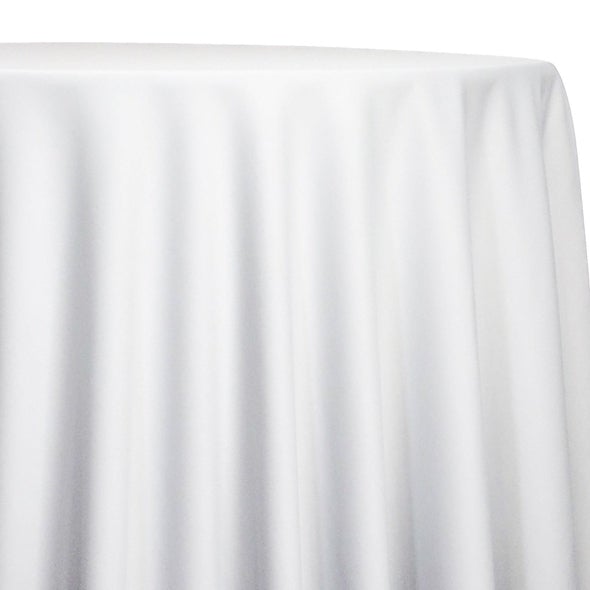Bed Linen Textile Developments: Checking Out Modern Trends and Creative Applications in Style and Fabric Market
In the world of textile innovations, linen has become an ageless yet functional product that proceeds to captivate fanatics and developers alike. With an abundant background deeply linked with workmanship and style, bed linen textile is experiencing a resurgence in the modern-day age. From lasting manufacturing techniques to advanced weaving technologies, the evolution of bed linen is reshaping the landscape of the fabric industry. As we look into the worlds of creative style applications and the introduction of bed linen blends and hybrid materials, a new phase unfolds in which bed linen's function in future textile developments takes spotlight.
Sustainable Practices in Bed Linen Manufacturing
Sustainable techniques in linen production have actually become increasingly critical in the fabric industry's initiatives to reduce environmental effect and promote moral sourcing methods. Bed linen, a natural fiber stemmed from the flax plant, provides a variety of advantages such as longevity, biodegradability, and breathability. Nonetheless, conventional approaches of linen manufacturing can include substantial water consumption, chemical usage, and energy-intensive processes.
To attend to these challenges, numerous fabric manufacturers are taking on lasting practices throughout the bed linen production process. This consists of sourcing flax from organic farms that stay clear of damaging chemicals and chemicals, implementing water-efficient retting methods to remove fibers from the flax stalks, and making use of green dyes and finishes. Furthermore, some firms are spending in renewable energy resources to power their manufacturing centers and minimizing waste via recycling and upcycling initiatives.
Technological Innovations in Bed Linen Weaving
With the expanding emphasis on sustainable practices in bed linen production, the textile industry is now experiencing a rise in technical innovations especially focused on revolutionizing the art of linen weaving. These advancements are improving the method bed linen materials are created, using raised performance, quality, and imagination in weaving methods.
One of the essential technological developments in linen weaving is the integration of computerized looms. These advanced looms are geared up with software application that permits complex and intricate designs to be woven with accuracy. By digitizing the weaving procedure, producers can accomplish greater consistency and precision in their bed linen materials.
Additionally, developments in yarn spinning modern technology have made it possible for the manufacturing of finer and even more resilient linen threads - table cloths. This leads to softer and smoother linen textiles that retain their top quality even after multiple usages and washes
In addition, the growth of environmentally friendly dyeing procedures and finishes for bed linen textiles is obtaining grip. These sustainable practices not just lower the ecological effect but likewise cater to the increasing customer demand for morally produced fabrics.
Creative Style Applications for Bed Linen
Ingenious imaginative approaches are progressively forming the innovative layout applications for bed linen in the textile market. Bed linen's all-natural visual appeal and ability to blend with various other fabrics make it a preferred option for developing special garments and accessories that cater to the ecologically aware customer.
In addition, designers are try out linen in home decoration, using its breathable and sturdy nature to craft trendy furnishings such as curtains, bed linen, and furniture. The texture and drape of linen bring a feeling of refinement and comfort to interior areas, including a touch of style to modern-day homes.

Linen Blends and Hybrid Fabrics

Hybrid textiles, on the other hand, take the concept of mixing a step further by incorporating additional components such as metal threads, recycled products, or conductive fibers. These cutting-edge fabrics not only broaden the style opportunities yet likewise introduce useful facets like conductivity, antimicrobial buildings, or enhanced resilience. Hybrid fabrics are significantly being made use of in different industries, consisting of style, indoor layout, and technical fabrics, where the need for multifunctional products is on the rise.
Linen's Duty in Future Fabric Innovations

In the realm of future fabric technologies, bed linen is expected to be an essential player in the development of advanced practical materials. Developers and scientists are exploring ways to improve linen's intrinsic top qualities via technical improvements, such as including clever fabrics, nanotechnology, and efficiency coatings. These innovations aim to elevate linen's efficiency attributes, making it suitable for a broader range of applications, from activewear to protective clothing.
Moreover, the combination of bed linen with other all-natural or artificial fibers opens countless opportunities for producing unique textiles with distinct residential properties and performances. By leveraging linen's characteristics and exploring innovative blends, the fabric sector is positioned to introduce exciting developments that accommodate progressing consumer needs and sustainability requirements.
Verdict
To conclude, the exploration of sustainable techniques, technical developments, creative design applications, his comment is here bed linen blends, and its function in future textile innovations highlight the continual development of linen textile in the contemporary design and fabric market. With a concentrate on advancement and imagination, the versatility and green nature of linen make it a beneficial product for producers and developers alike, leading the way for additional developments and improvements in the field of fabrics.
As we delve right into the worlds of innovative layout applications and the emergence of linen blends and crossbreed materials, a brand-new phase unfolds in which bed linen's function in future fabric developments takes facility stage.
Checking out the blend of linen with various other fabrics has led to the emergence of cutting-edge blends and hybrid fabrics in the modern fabric sector. Bed linen blends use a special combination of the characteristics of bed linen with those of various other fibers, resulting in textiles that possess enhanced homes such as enhanced durability, boosted draping, and minimized wrinkling.The advancement of bed linen blends and hybrid textiles has set the phase for Linen to play a crucial role in driving future textile advancements.In the world of future fabric innovations, linen is expected to be a crucial gamer in why not try these out the growth of advanced functional fabrics.